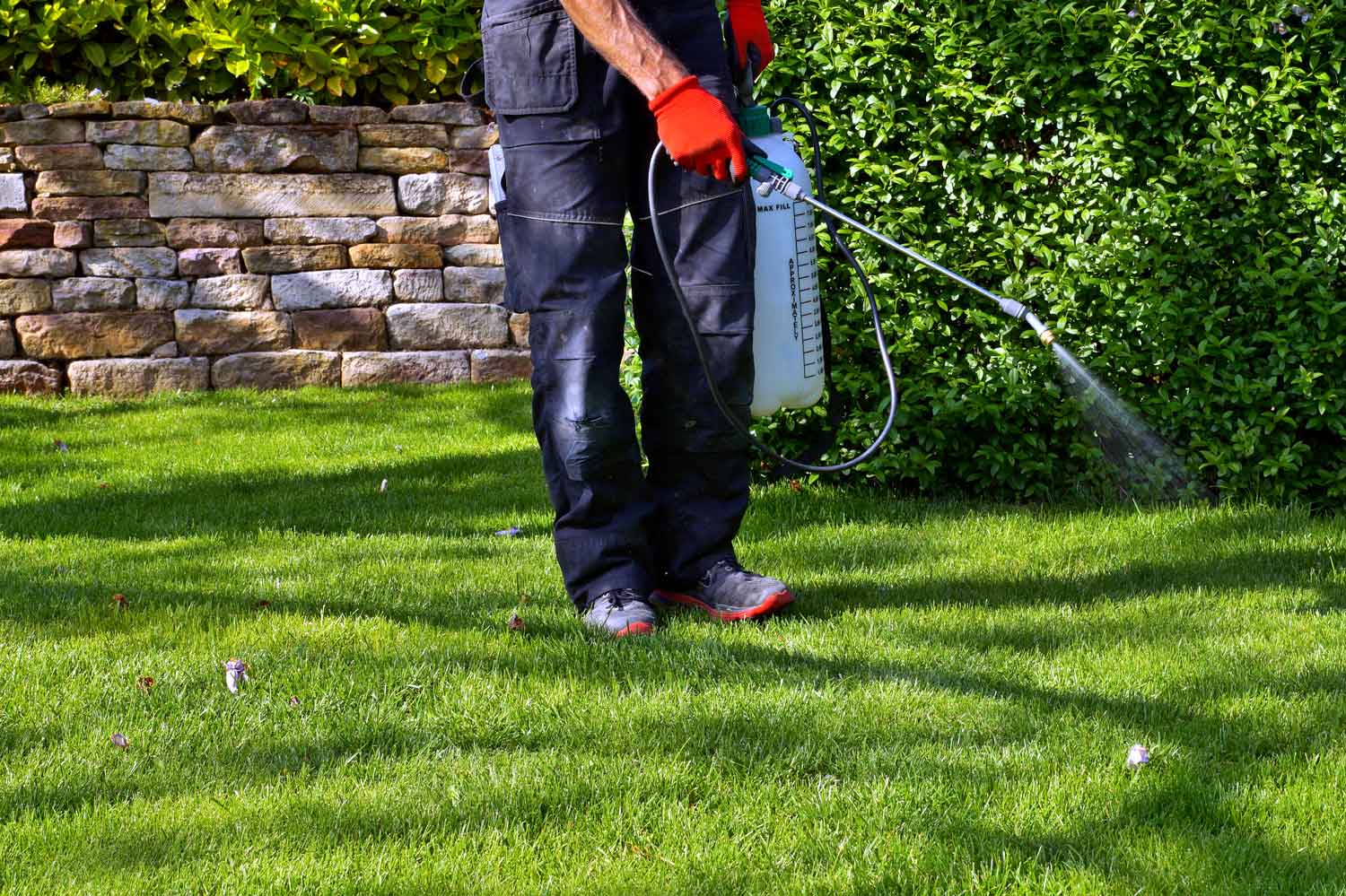
Preventative Pest Control: Working From The Outside, In
Most homeowners and renters have an interior pest control company that comes on a scheduled basis. Dealing with exterior and interior pests can take a toll on a homeowner mentally, physically, and financially. There is nothing worse than having a planned outside get-together, only to be somewhat ruined by gnats and mosquitos buzzing in your face and leaving welts on your skin. Having creepy crawly insects inside your home when you are least expecting to encounter them is truly unpleasant as well. Preventative pest control is an important factor when it comes to keeping interior and exterior pests at bay.
When creating a plan for preventative pest control, an important question to give thought to is: Have you ever truly seen a critter come out from a baseboard inside your place of dwelling? If you are a homeowner or renter that strives to have the best-looking yard and turf in your neighborhood or community, knowing and utilizing a sound Integrated Pest Management (IPM) program will aid in the reduction of outdoor pests. Oftentimes, this means starting with the exterior, or your landscape and turf.
Having an IPM program in place will help to stop pests that attempt to get into the climate-controlled environment indoors. If you take the approach of treating from the outside to keep the pest from crossing barriers to enter the interior, you are using Exclusion IPM. We as a society generally have a desire to include, but this is the circumstance where we want to exclude.
Wondering how to get started with Exclusion IPM? Here are some helpful guidelines:
- Aim to suppress the population of potential pests entering your home. Total elimination and eradication is a lofty, unachievable goal. Set a threshold level for your home and determine how many critters identified in one month is too many.
- Tightly seal exterior doors and windowsills. Too much of a gap provides an opportune entrance for pests.
- Treat along your foundation, planting beds and lawns for pests.
- Keep a record of all treatments and do your own scouting to determine effectiveness. Continually look and monitor.
- Talk with your local Horticulturists and/or turf experts about products to use for planting beds and turf for targeting pests during growing season.
- Identify issues that may create a thriving habitat for pests and tackle each of those before they become a problem. These can include standing water in old buckets, buildups of leaves, compost areas, etc.
A good IPM program can give you the edge you need to keep your landscape plants and turf at peak performance. Who knows, it may even be what you need to win the prestigious award of “Yard of the Month” in your neighborhood. Looking for more info on how to keep your yard in it’s best shape? Check out our Resource Center and follow us on Facebook, LinkedIn and Instagram for more tips.